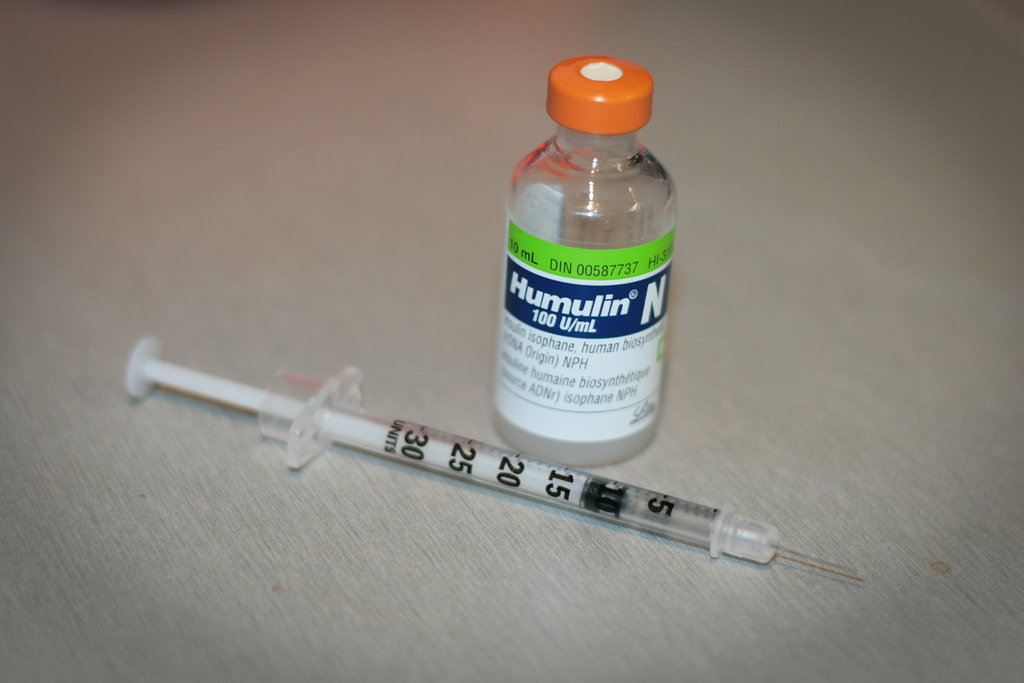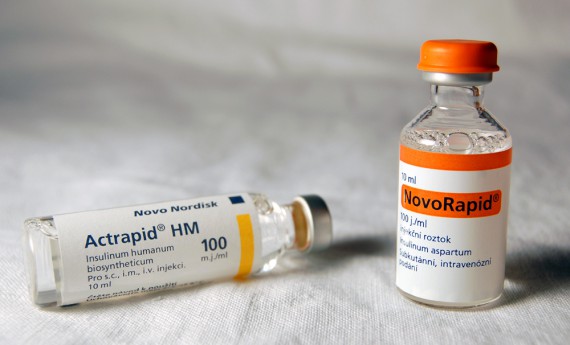
Extreme hyperinsulinemia unmasks insulin’s effect to stimulate protein synthesis in human forearm.
Researchers:Teresa A. Hillier, David A. Fryburg, Linda A. Jahn, and Eugene J. Barrett Division of Endocrinology and Metabolism, Department of Internal Medicine, and General Clinical Research Center, University of Virginia Health Sciences Center, Charlottesville, Virginia 22908
Source:Am. J. Physiol. 274 (Endocrinol. Metab. 37): E1067-E1074, 1998
Summary:In 14 healthy volunteers, forearm insulin concentrations were raised 1,000-fold above basal levels while maintaining euglycemia for 4 h. Amino acids (AA) were given to either maintain basal arterial (n = 4) or venous plasma (n = 6) AA or increment arterial plasma AA by 100% (n = 4) in the forearm. Measurements were taken of forearm muscle glucose, lactate, oxygen, phenylalanine balance, and [3H]phenylalanine kinetics at baseline and at 4 h of insulin infusion.
Results:Extreme hyperinsulinemia strongly reversed postabsorptive (fasting) muscle’s phenylalanine balance from a net release to an uptake. This marked anabolic effect resulted from a dramatic stimulation of protein synthesis and a modest decline in protein degradation. Furthermore, this effect was seen even when basal arterial or venous aminoacidemia was maintained. With marked hyperinsulinemia, protein synthesis increased further when plasma AA concentrations were also increased. Forearm blood flow rose at least two fold with the combined insulin and AA infusion, and this was consistent in all groups. These results demonstrate an effect of high concentrations of insulin to markedly stimulate muscle protein synthesis in vivo in adults, even when AA concentrations are not increased. This is similar to prior in vitro reports but distinct from physiological hyperinsulinemia in vivo where stimulation of protein synthesis does not occur. Therefore, the current findings suggest that the differences in insulin concentrations used in prior studies may largely explain the previously reported discrepancy between insulin action on protein synthesis in adult muscle in vivo vs. in vitro.
Discussion:Insulin is an obvious topic of interest among the largest physiques in the culture of bodybuilding. In my search for definitive answers as to the anabolic potential of exogenous insulin administration, I have been sorely disappointed in the lack of human studies showing the anabolic properties of insulin in adults. Many studies show insulin to slow protein break down but data showing insulin to be truly anabolic in muscle tissue was virtually non-existent. Despite this lack of clinical evidence, insulin use still pervades in bodybuilding.
There are a few things that need to be addressed when considering this study. First, the amount of insulin used in this study is extemely high. The quantities of insulin used are far above what should ever be attempted by bodybuilders. Second, the anabolic properties of extreme hyperinsulinemia are likely do to insulin’s interaction with IGF-1 receptors, not traditional insulin receptors. Finally, the anabolic effects of extreme hyperinsulinemia were only seen with concomitant amino acid infusion. This means that if there are no amino acids floating around, you will not build muscle no matter how much insulin you are using.
The high levels of insulin used in this study are not practical for bodybuilders to consider using. The subjects blood glucose was kept constant through artificial means to prevent hypoglycemic coma. In other words kiddies, DON’T TRY THIS AT HOME! Besides the danger involved with raising insulin levels 1,000 times above normal without a controlled infusion of glucose, it isn’t really necessary if you want to get an anabolic response. Think of what was done in this study like flooding the basement in order to water the lawn. The anabolic effects produced in this study were most likely due to excess insulin binding to hybrid IGF-1 receptors. The same effect through can be achieved without all the insulin by simply adding a little IGF-1. After all, you should always use the right tool for the job. I will admit that further research is necessary to further support my (and the authors of this study) assertions that the anabolic effect of insulin seen in this study was caused by interaction of insulin with IGF-1 receptors. Nevertheless, it would be nice to see bodybuilders use less insulin and perhaps begin to incorporate a mixture of compounds that more closely resembles the complex interaction of hormones which exist naturally in the body.

Leave a Reply
You must be logged in to post a comment.